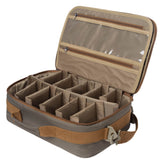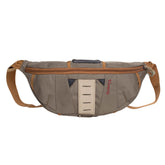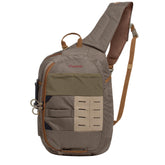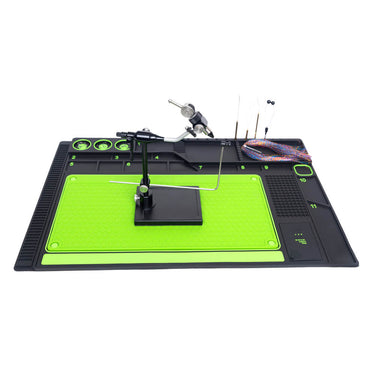Saltwater Fly Angling for Sea Trout
Fly fishing for sea trout (Salmo trutta) is an exciting and rewarding pursuit, combining the challenges of trout fishing with the unpredictability of saltwater or migratory fish behavior. Sea trout (also called "sea-run brown trout") are anadromous, meaning they migrate from freshwater rivers to the ocean and return to spawn. Here’s a comprehensive guide to help you target them effectively:
1. Understanding Sea Trout Behavior
Migration & Timing: Sea trout move between freshwater and saltwater, often entering rivers in summer/autumn to spawn. The best fishing is usually during their return migration (spring to early autumn).
Feeding Habits: In estuaries and coastal areas, they feed aggressively on small baitfish, shrimp, and crustaceans. In rivers, they switch to insects, nymphs, and smaller prey.
Nocturnal Tendency: Sea trout are often more active at night, especially in clear water or pressured areas.
2. Best Locations
Rivers & Estuaries: Focus on tidal pools, deep runs, and undercut banks where sea trout rest.
Coastal Areas: Fish near rocky outcrops, sandbars, and drop-offs where baitfish congregate.
Fjords & Sea Lochs (e.g., Scandinavia, Scotland): Deep, cold waters hold large sea trout.
3. Fly Fishing Tackle
Rod: A 6–8 weight fly rod (8–9 ft.) for versatility in rivers and saltwater.
Reel: A sealed drag reel (saltwater-proof) with a smooth drag system.
Line:
Floating Line: For surface flies and shallow water.
Intermediate/Sinking Line: For deeper estuaries or sea fishing.
Leader/Tippet: 9–12 ft., 6–12 lb fluorocarbon (stealthier in clear water).
4. Effective Flies for Sea Trout
Surface Flies (Night/Day)
Muddler Minnow (imitates baitfish)
Mouse Patterns (for aggressive takes at night)
Gurglers/Poppers (surface commotion)
Subsurface Flies
Woolly Bugger (black, olive, or white)
Clouser Minnow (for baitfish imitation)
Shrimp/Prawn Patterns (in estuaries)
Tube Flies (for larger sea trout in deep water)
Traditional Patterns (Scandinavian/UK)
Silver Stoat’s Tail
Peter Ross
Hitchcock’s Fancy
5. Techniques
Night Fishing: Use larger, darker flies with a slow retrieve. Listen for splashes!
Daytime Fishing: Smaller, subtler flies with faster retrieves in deeper water.
Stripping Method: Short, sharp strips to mimic fleeing baitfish.
Swinging Flies: Cast across current and let the fly swing naturally.
Tidal Fishing: Time your sessions with incoming/outgoing tides in estuaries.
6. Key Tips
Stealth: Sea trout spook easily—wear muted colors, move slowly, and avoid shadows.
Moon Phases: Bright nights can improve visibility for night fishing.
Weather: Overcast days or light rain often trigger feeding activity.
Local Knowledge: Check regulations (some rivers have strict seasons) and ask guides for hotspots.
7. Conservation
Catch & Release: Handle fish gently, use barbless hooks, and minimize time out of water.
Respect Spawning Beds: Avoid fishing near redds (gravel nests) in autumn.
Final Thoughts
Fly fishing for sea trout requires patience and adaptability, but the thrill of hooking a powerful, silver-sided sea trout makes it worth the effort. Whether you’re wading a river mouth or casting into a coastal current, the right fly and presentation will tempt these elusive fish.
Tight lines! 🎣















